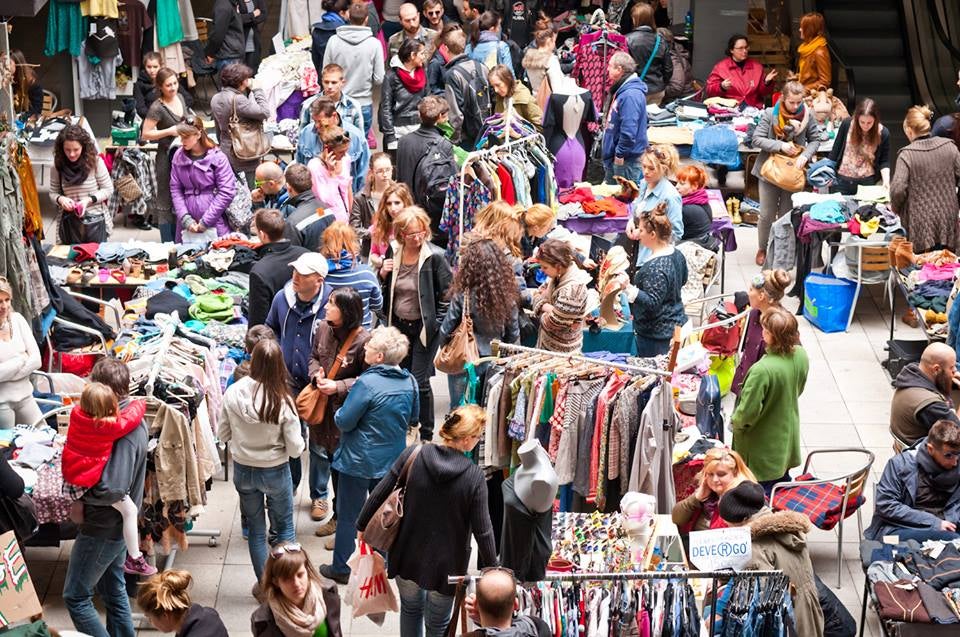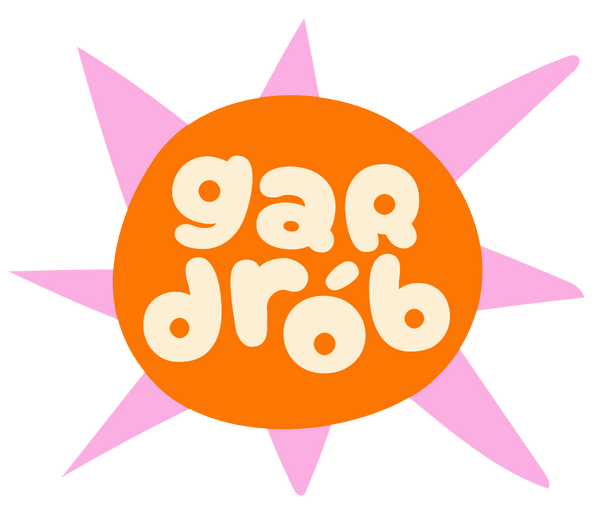
Hungarian used clothing market: sustainable fashion and conscious shopping
The used clothing market is experiencing explosive growth worldwide, and Hungary is no exception. The Hungarian second-hand clothing market is growing dynamically, and more and more buyers are discovering the benefits of second-hand fashion. The growing sustainability awareness, the price sensitivity of buyers and the demand for uniqueness have all contributed to the popularity of second-hand fashion in recent years. But what does the Hungarian second-hand clothing market look like today, and what trends will determine its future?
Growth of the used clothing market in Hungary
Following global trends, the second-hand clothing market already plays a significant role in the fashion industry. According to Statista, the size of the second-hand market worldwide exceeds 177 billion dollars and is expected to double in the coming years. There is also a growing interest in second-hand clothing in Hungary, as evidenced by the rise of new online platforms and the success of existing physical stores.

In addition to traditional thrift stores, exclusive vintage stores, branded second-hand stores, small and large clothing fairs and online buying and selling platforms have emerged, providing opportunities for more sustainable shopping. For new generations, environmentally conscious decisions and uniqueness are increasingly becoming decisive, so used clothing is not only a cost-effective alternative, but also a lifestyle.
Where do Hungarians buy used clothes?
In Hungary, those looking for second-hand clothes have several options to choose from:
Street vendors, shops and clothing fairs
Traditional second-hand clothing stores, such as Háda, Cream, or Ruhafalva, remain popular. These stores often import clothes from Western Europe, which can be purchased by the kilo or piece. Those who prefer to buy directly from the previous owner may prefer clothes fairs, where prices for clothes and accessories are perhaps the most favorable.

-
Vintage and premium second-hand boutiques
In recent years, higher-quality second-hand and vintage stores have also appeared, such as the Szimpla Kert flea market, Typo Showroom, Retrock, or the Budapest store of Ludovika. In these stores, customers can find real rarities, whether it's 80s Levi's jeans or unique leather jackets.

-
Online marketplaces
Digitalization has taken secondhand clothing shopping to a new level. Vinted, Vatera, and Facebook Marketplace are platforms where shoppers can easily find the right pieces for them, while also selling their tired clothes themselves. The online space allows for direct buying and selling, so clothes can find a new owner without having to go to a store.
Why is second-hand clothing popular in Hungary?
There are several reasons for the popularity of second-hand clothing among Hungarian buyers:
- Sustainability: More and more people are looking for eco-friendly alternatives and want to reduce their ecological footprint. The textile industry is one of the most polluting industries, and buying second-hand helps reduce waste.
- Uniqueness: Buying used clothes offers the opportunity to find unique, rare pieces that cannot be bought in mass-produced fast fashion stores.
- Value for money: More expensive brands are available at more affordable prices, making it possible to get quality clothes for less. This is especially important for young people and students who want to be stylish without spending too much.
- Cultural changes: Social media, especially TikTok and Instagram, have popularized the culture of thrifting. For younger generations, buying used clothes is no longer just a way to save money, but also a conscious decision.
Challenges and future opportunities
Although the used clothing market is showing strong growth, it also faces several challenges:
- Quality control: It is more difficult to assess the true condition of clothes when shopping online. For this reason, it is important that platforms and sellers properly indicate the condition and size of the products.
- Fast fashion and ultra fast fashion competition: Although the second-hand market is growing, the fast, cheap and wide selection offered by Shein and other ultra fast fashion brands continues to appeal to shoppers.
- Raising awareness: Many people still have prejudices about used clothing, even though with proper sorting and cleaning, these pieces can be just as valuable as new ones.
Online platforms, sustainable fashion initiatives, and unique, quality second-hand shops and fairs are expected to play an even greater role in the future. The Hungarian second-hand clothing market is therefore not only a cheap alternative, but also a conscious, sustainable, and increasingly trendy choice for those who want to combine fashion and environmental protection.

